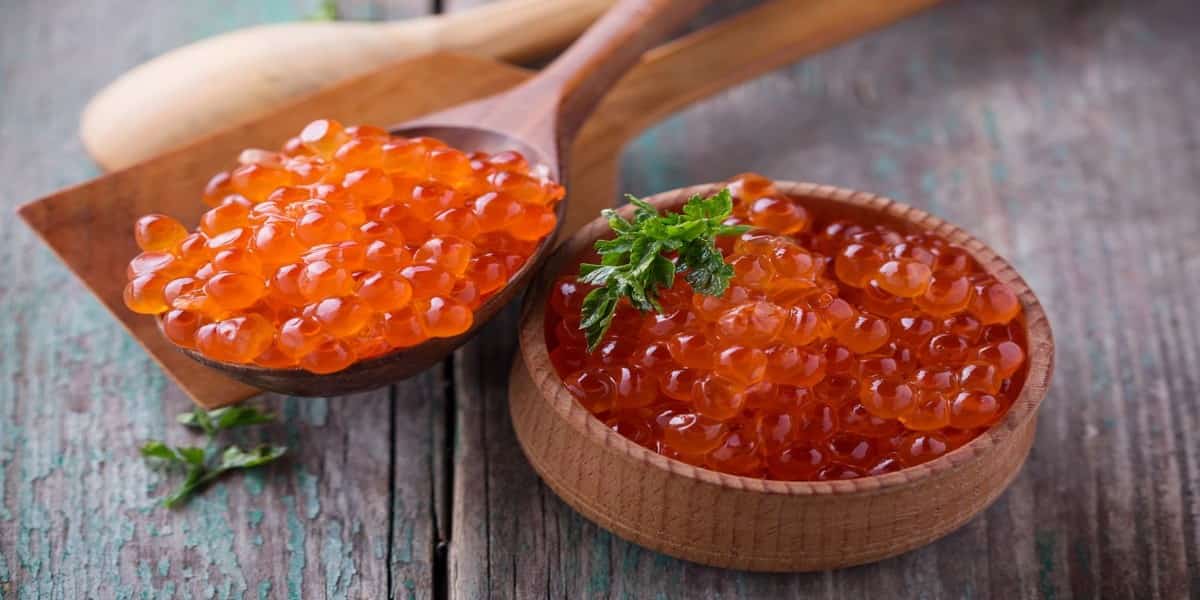Caviar
Doodlebrary
- A luxury food made from the salted roe (eggs) of sturgeon or other fish.
Historical Background:
- Ancient origins in Greece and Rome.
- Popularized in the 19th century by Russian aristocracy.
- Name derived from the Persian word “khaviyar,” meaning “bearing eggs.”
Types of Caviar:
- Beluga Caviar:
- From Beluga sturgeon.
- Large eggs, buttery texture, rich flavor.
- Osetra Caviar:
- From Osetra sturgeon.
- Medium-sized eggs, nutty and slightly fruity taste.
- Sevruga Caviar:
- From Sevruga sturgeon.
- Smaller eggs, intense briny flavor.
- Other Varieties:
- Includes salmon roe, trout roe, and farmed caviar.
Production and Harvesting:
- Harvested from mature sturgeon, requiring years to mature.
- Process involves careful rinsing and salting.
- Sustainable practices are important due to overfishing concerns.
Tasting Notes:
- Best enjoyed on blinis, toast points, or with crème fraîche.
- Avoid strong flavors that overshadow the caviar.
- Use a mother-of-pearl spoon to maintain delicate taste.
Serving Suggestions:
- Typically served chilled.
- Accompanied by chopped onions, capers, and crème fraîche.
Wine and Beverage Pairings:
- Champagne enhances the rich taste.
- Dry white wines such as Chardonnay or Sauvignon Blanc.
- Non-alcoholic option: chilled mineral water.
Sustainability Concerns:
- Wild sturgeon populations are endangered.
- Farmed caviar offers a sustainable alternative, supporting conservation.
Cultural Significance:
- Represents luxury and high status.
- Symbolizes gourmet dining and sophistication.
Conclusion:
- Caviar offers a rich blend of history, tradition, and exquisite taste.
- Enjoyed as a special treat, it remains a timeless emblem of luxury.
